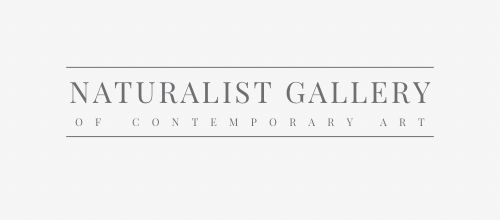The digital art world offers limitless possibilities for creativity, combining traditional art techniques with the latest technology.
Essential digital art tools: Graphics tablets (like Wacom), Adobe Photoshop, Procreate, Clip Studio Paint, Adobe Illustrator. Explore, practice, and create!
For beginners, navigating the vast array of digital art tools can be overwhelming. This guide introduces essential tools and software that are user-friendly and widely used in the industry, helping aspiring digital artists take their first steps into the realm of digital creation.
Explore our curated selection of contemporary artists from around the globe.
Naturalist Gallery offers artist representation internationally. Apply your art.
Hardware
- Graphics Tablets: A crucial tool for digital artists, graphics tablets allow for precise control and a natural drawing experience. Models range from basic tablets like the Wacom Intuos to advanced display tablets like the Wacom Cintiq, which lets you draw directly onto a screen.
- Computers and Monitors: A reliable computer with a powerful processor and a high-quality monitor with accurate color representation is essential for digital art. Whether you choose a desktop or a laptop, ensure it can handle graphic-intensive software.
Software
- Adobe Photoshop: Renowned for its versatility, Photoshop is the industry standard for digital art and photo editing. It offers an extensive range of brushes, tools, and features suitable for everything from photo manipulation to digital painting.
- Procreate: Exclusively for iPad users, Procreate is a user-friendly app loved by professionals and hobbyists alike. It offers an intuitive interface, a wide variety of brushes, and the ability to create time-lapse videos of your artwork.
- Clip Studio Paint: Popular among comic artists and illustrators, Clip Studio Paint is known for its natural drawing feel and extensive features that cater specifically to manga and comic creation.
- Adobe Illustrator: For vector art, Adobe Illustrator is the go-to software. It's perfect for creating crisp, scalable graphics such as logos, icons, and illustrations.
Learning Resources
- Online Tutorials and Courses: Platforms like Skillshare, Udemy, and YouTube offer countless tutorials and courses ranging from basic drawing techniques to advanced digital painting strategies.
- Digital Art Communities: Joining communities like DeviantArt, ArtStation, or Behance can provide inspiration, feedback, and support from fellow artists.
Practice and Experimentation The key to mastering digital art is practice and experimentation. Try different styles, techniques, and tools to discover what works best for you. Don't be afraid to make mistakes, as they are a vital part of the learning process.
With the right tools and a dedication to learning and practice, anyone can embark on a journey into digital art. By starting with these essential tools, beginners can lay a solid foundation for their digital art career, exploring their creativity and developing their unique style.
Learn more About Naturalist Gallery of Contemporary Art.
You may also find the following articles helpful:
Form: Understanding Dimensionality
Tone in Art: Understanding Color Value
Line: Types, Techniques, Element of Art
How to Get Your Work in an Art Gallery





